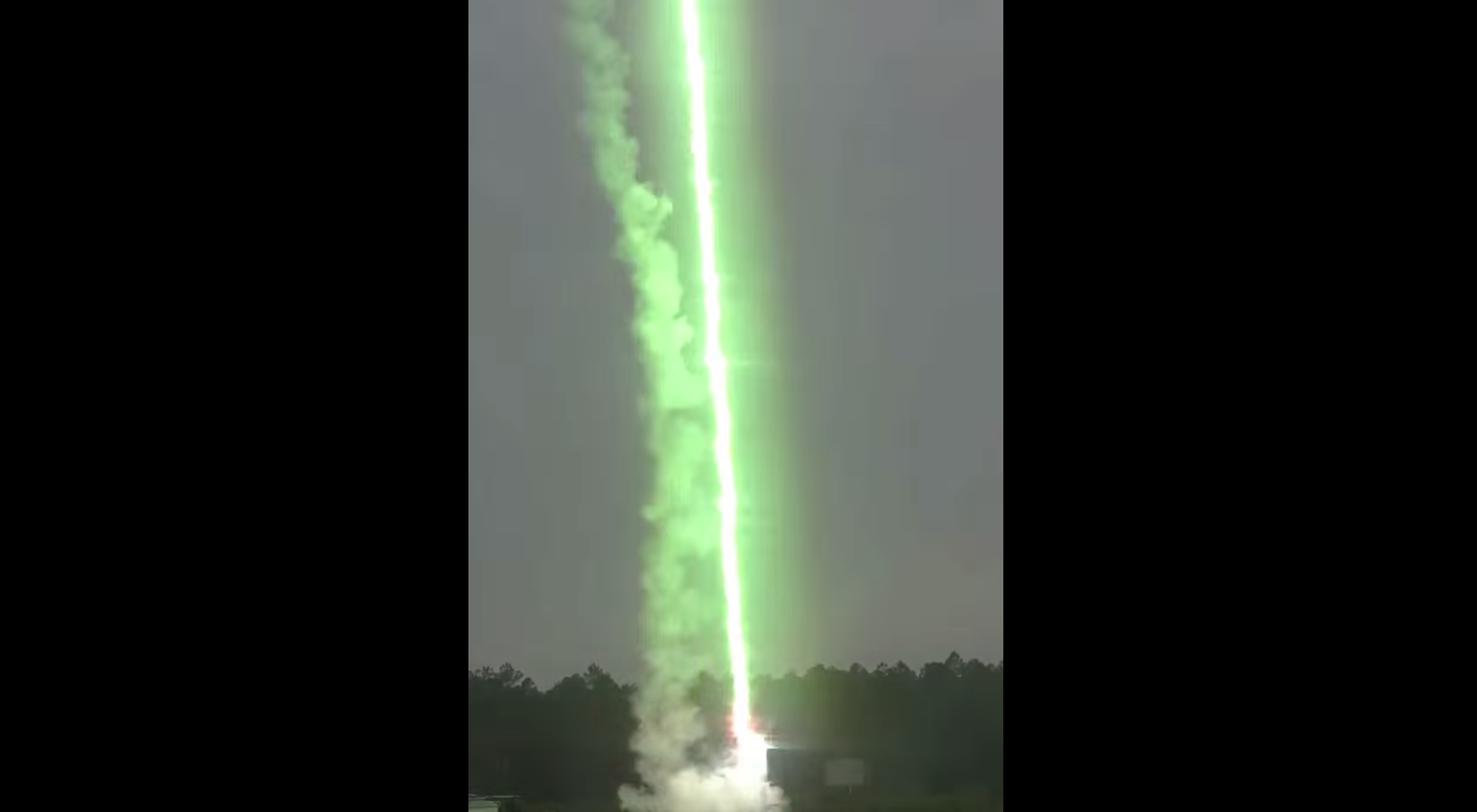It’s been raining, thundering and lightning all spring and early summer here in Texas. Just in time, a San Antonio researcher has made the first ever picture of thunder. No, not lightning. We’re talking about something that has never been captured through the medium of photography – at least not until now. Dr. Maher Dayeh, with the Southwest Research Institute explained how he captured a sound as an image.
Dayeh said he triggered thunder and lightning and then used microphones to show what the boom of thunder actually looks like.
“We all know the optical images that we always see of lightning strikes,” Dayeh says.” I thought, well, can we see what we hear or not? So we started brainstorming some ideas to basically visualize the acoustic signatures that come out from a lightning strike. Of course, from the beginning we thought this would not work.”
Dayeh and his team built some instruments that would amplify sounds from different portions of lightning strikes and were able to reconstruct a visualization from that. It’s almost modern-day Ben Franklin kite-flying.
To get started, the researchers had to tackle two problems, Dayeh says. They needed to know when and where the lightning would strike – an almost impossible feat. They also needed an acoustic camera that could capture the actual sound that the lightning made.
“To solve the first problem, we went to a research center in Florida which is the capital of lightning here in the United States,” Dayeh says. “What they do is trigger lightning strikes. Instead of nature taking its course, we monitor the electric field. Right before nature does this, we launch a rocket into the sky. This rocket trails copper wire behind it. The copper wire is grounded. So what we are doing, its as if we are bringing the ground up toward the cloud.”
Dayeh says his overarching goal is to be able to predict lightning and protect humans from lightning strikes. “But still, we are in the process of really understanding the microphysics of microprocesses.”















